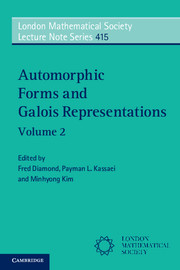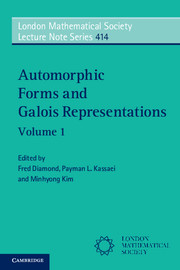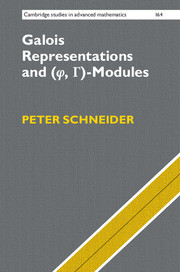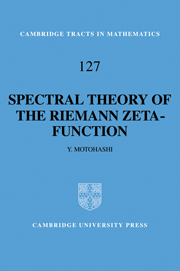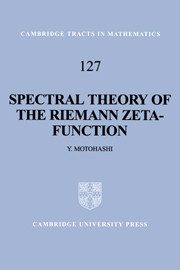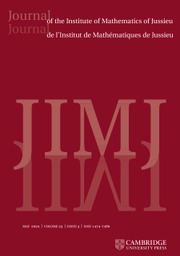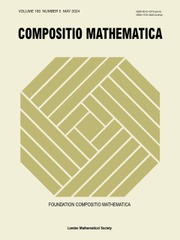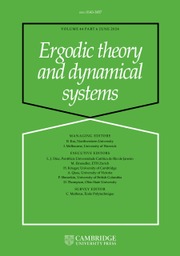Automorphic Forms and Galois Representations
Automorphic forms and Galois representations have played a central role in the development of modern number theory, with the former coming to prominence via the celebrated Langlands program and Wiles' proof of Fermat's Last Theorem. This two-volume collection arose from the 94th LMS-EPSRC Durham Symposium on 'Automorphic Forms and Galois Representations' in July 2011, the aim of which was to explore recent developments in this area. The expository articles and research papers across the two volumes reflect recent interest in p-adic methods in number theory and representation theory, as well as recent progress on topics from anabelian geometry to p-adic Hodge theory and the Langlands program. The topics covered in volume two include curves and vector bundles in p-adic Hodge theory, associators, Shimura varieties, the birational section conjecture, and other topics of contemporary interest.
- Presents an assortment of p-adic methods in number theory and representation theory that will be of interest to researchers in the area
- An exposition of recent progress in anabelian geometry, p-adic Hodge theory and the Langlands program
- A proceedings arising from the highly prestigious LMS-EPSRC Durham Research Symposia series of conferences
Product details
October 2014Paperback
9781107693630
390 pages
228 × 153 × 23 mm
0.58kg
Available
Table of Contents
- Preface
- List of contributors
- 1. On the local structure of ordinary Hecke algebras at classical weight one points M. Dimitrov
- 2. Vector bundles on curves and p-adic Hodge theory L. Fargues and J.-M. Fontaine
- 3. Around associators H. Furusho
- 4. The stable Bernstein center and test function for Shimura varieties T. J. Haines
- 5. Conditional results on the birational section conjecture over small number fields Y. Hoshi
- 6. Blocks for mod p representations of GL2(Qp) V. Paskunas
- 7. From étale P+-representations to G-equivariant sheaves on G/P P. Schneider, M.-F. Vigneras and G. Zabradi
- 8. Intertwining of ramified and unramified zeros of Iwasawa modules C. Khare and J.-P. Wintenberger.

